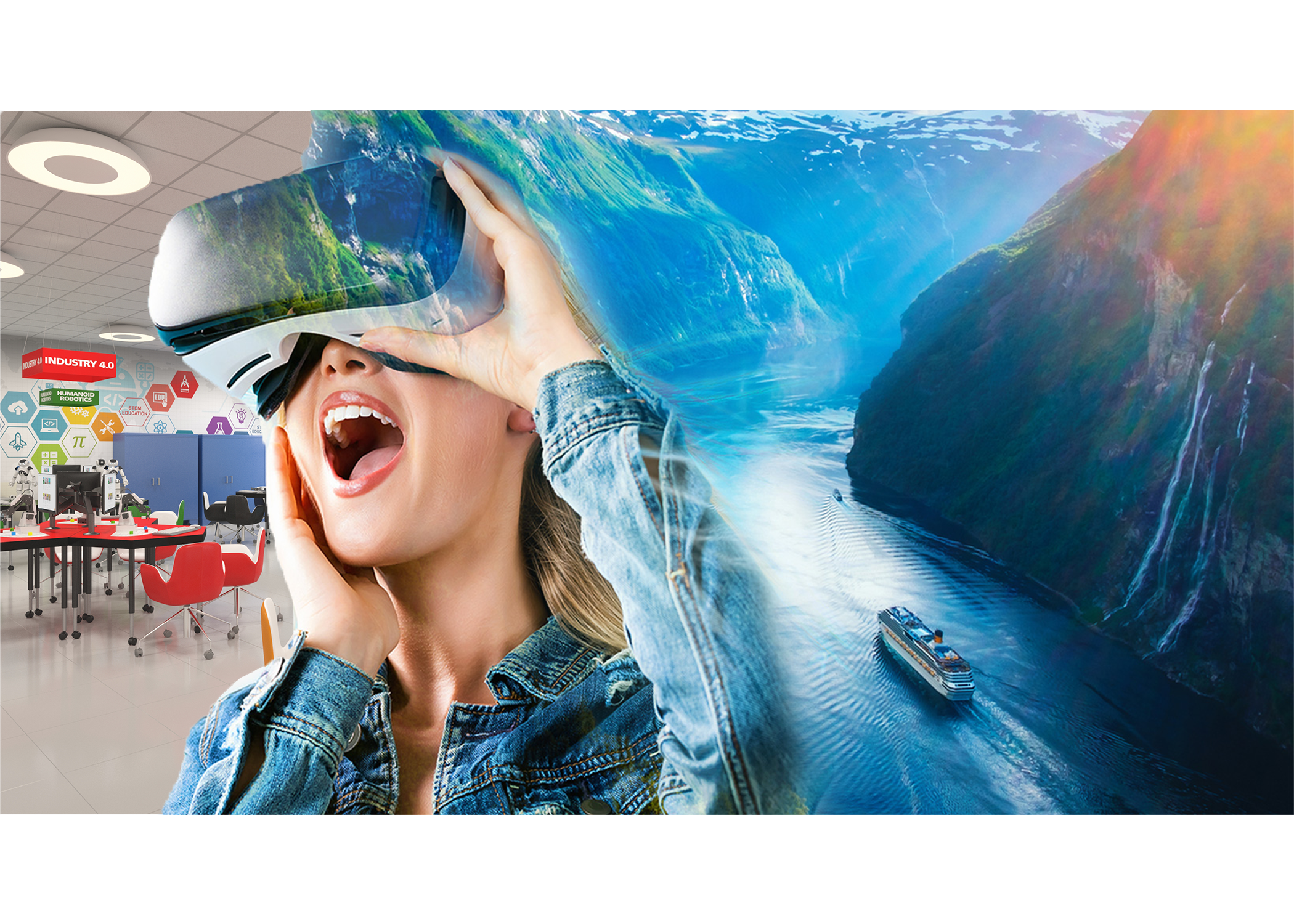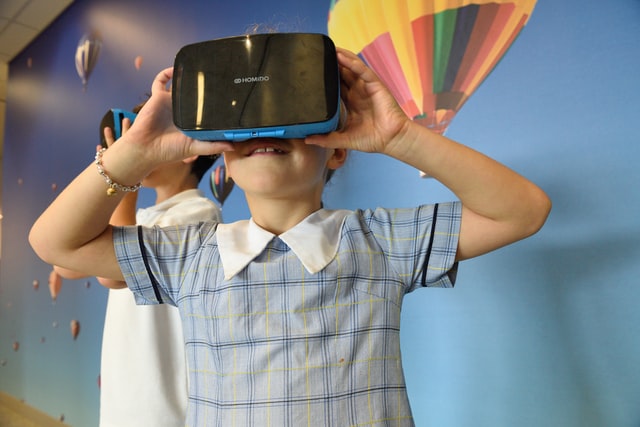BY VR Direct
The message is stark, urgent and global; the progress of the coronavirus pandemic can only be slowed to manageable levels if we all practice social distancing and self-isolation.
We all have daunting challenges to face in a world of restricted travel, remote working, and limited social interaction. Even after the initial crisis measures have been relaxed, it won’t be ‘business as normal’ for some time to come.
So exactly how can we continue providing essential training and education? How can we meet together at trade and cultural events? How can we nurture personal contacts and convert them to sales?
One way is to use the technology already out there to bring people together in a virtual reality. A virus ca nnot spread when there is no actual physical contact.
Let’s take a look now at how VR can not only give you a socially responsible advantage during the height of the crisis, but will give you a competitive edge in its aftermath.
VR Training Defies Coronavirus from Spreading
How can you give your staff a company induction or on-the-job training when they are forced to work from home? Surely they need to be on-site, whether to be shown the layout of Head Office, or have a machine’s operating instructions demonstrated to them?
One answer is to give them a 360° VR guided tour, into which could be inserted instructional videos and additional information. Your staff are thereby immersed in a virtual world where they have free agency to move around and get used to the work environment, or inspect equipment from different angles, all without coming into physical contact with other people. It also saves on risky travel to the training venue, and can take them safely into restricted work spaces such as an air-filtered cleanroom.
In this way your staff can be trained without exposing them to the coronavirus, and they will be prepared for work when their home curfew is lifted. This is not only a benefit for your training policy in these difficult times, but will continue to be valuable training assets when the virus is under control.
The VR Home Classroom
How can you sufficiently educate pupils and students when all the schools and campuses have been closed and students sent home?
To some extent, home schooling can be managed using traditional media. For example, by distributing teaching material to students by e-mail or storing it on a cloud for them to access.
Assignments can be set and marked using platforms such as Google Classroom, and lessons could even be webcast or Skyped.
These methods have their limitations when a teacher has no control over what technology pupils have access to at home, or is unable to enforce a timetable when students have to work to the rhythm of a family home.
The answer is, you can teach remotely much more effectively using VR technology. The students can be immersed in a virtual 360o experience of a classroom or science lab, and it feels to their senses that they are actually in the learning environment whilst remaining in their living room. Because VR is interactive, students can work at their own pace, and to the needs of others in the household, not to rigid set class times.
Furthermore, studies have shown that experiential training is actually more easily and long-lastingly remembered than just using text-books and white-board explanations.
VR educational experiences don’t need to be confined to the classroom. Even though the coronavirus is keeping us at home, VR can take us anywhere in the world.
Attending VR Events Without the Infection Risk
Sports events, trade fairs, rock concerts, festivals and conferences; thousands of events are having to be postponed or cancelled across the world due to COVID-19 fears. Naturally this adds up to a lot of lost revenue, lost jobs, stress for the organizers and performers, and disappointment for ticket-holders.
What if an event could be held in a virtual arena where thousands could congregate and share an experience without the risk of contagion spreading? With VR technology this is exactly what is possible.
Through VR you can theoretically virtually travel to any concert hall or museum around the world and listen to a performance or walk around an exhibition without coming into physical contact with anyone.
A VR event can have an audience distributed across the world, and there is no limit on the number of seats at the venue or the time of day they attend. The attendees don’t need to travel, or book accommodation, or even need to be fed. An entirely virtual trade show doesn’t require products to be kept on hand to show customers, or have speakers to be even on the same continent to give their presentations and demonstrations. Naturally, this is a perfect solution at a time when travel is greatly restricted, the gathering of people forbidden, and social distancing is a serious matter.
Discover more about VR with RobotLAB!



 Photo by
Photo by 